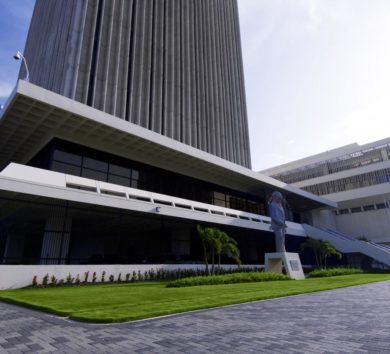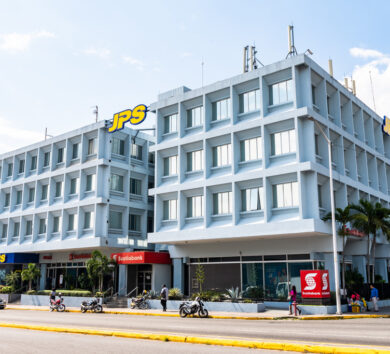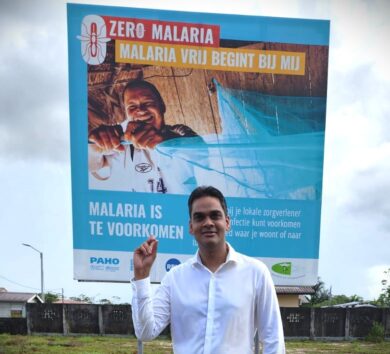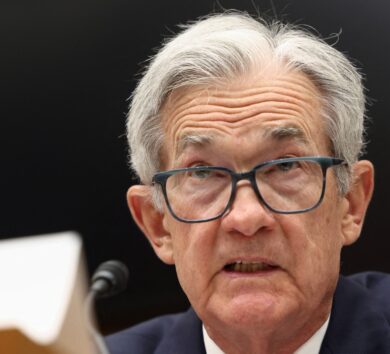
OPay and Wave is sprawling its mobile money operations across Africa

Mobile money has been growing in sub-Saharan Africa over the past 10 years, particularly through OPay and Wave, which are regarded as two of Africa’s biggest startup stories of 2021.
Both OPay and Wave are handling billions of dollars in transactions, propelled by Chinese and American venture capitalists. They have been growing rapidly to own large shares of the financial services sector in Nigeria and Senegal respectively.
This is primarily because of their sprawling mobile money operations. OPay and Wave are just two among many companies behind sub-Saharan Africa’s mobile money push, underpinning an eco-system that generates US$13 billion a month in transaction value, the most of any region in the world.
Industry analysis by GSMA
GSM Association (GSMA), an industry organisation that represents the interests of mobile network operators worldwide estimates that as much as 64 per cent of the US$2.1 billion transacted daily through mobile money platforms in 2020 happened in sub-Saharan Africa. However, before 2011, references to mobile money on the continent were about M-Pesa, Safaricom’s pioneering service in Kenya in 2007.
African media outlet, Quartz Creative reports that Orange, Airtel, and MTN followed suit with their own versions a few years later, but non-telco operators like Paga, Firstmonie, Ecobank and Standard Bank also joined the fray, adding diverse models to the business environment. The result of the GSMA assessment is that at least 11 countries in sub-Saharan Africa have five or more mobile money services from five in Kenya to 17 in Nigeria.

More than half of the 310 live mobile money services in the world are in Africa. The diversity of service providers increased the number of mobile money accounts in sub-Saharan Africa by 11-fold between 2011 and 2020.
The region accounted for 45 per cent of all registered mobile money accounts and 48 per cent of registered agents last year. Taken together, Quartz Creative reports that these data seem to support an impression that sub-Saharan Africa is the destination for investors seeking value from developing financial markets.
Despite the impressive metrics, the next decade for mobile money could be better if attention is paid to regulatory aspects of the sector. GSMA devised a “regulatory index score” for 90 countries to identify those that have the most enabling environments for mobile money.
GSMA score card for mobile money markets
The score is based on six indicators including consumer protection, KYC, infrastructure and investment environment. While most sub-Saharan African countries have high overall index scores (over 70 out of 100), there are concerns. For example, Kenya, Côte d’Ivoire, and Senegal score 32 on KYC, indicating sub-optimal requirements for identification and verification.
Francophone west Africa’s big four mobile money markets, namely Côte d’Ivoire, Senegal, Mali, and Burkina Faso score 40 on consumer protection. Nigeria shines on KYC (92) and consumer protection (100), perhaps aided by its central bank’s ultra-vigilant supervision of the financial sector.
Yet, it lags behind Ghana, Liberia, and South Africa on the enabling environment for infrastructure and investment. In July, Nigeria’s central bank published a directive that effectively prevents telcos from participating in the mobile money sector.







Comments